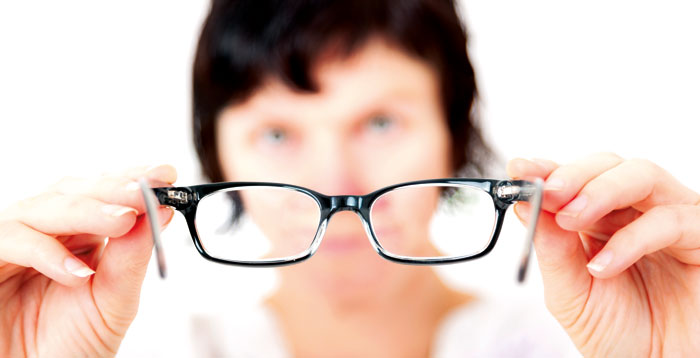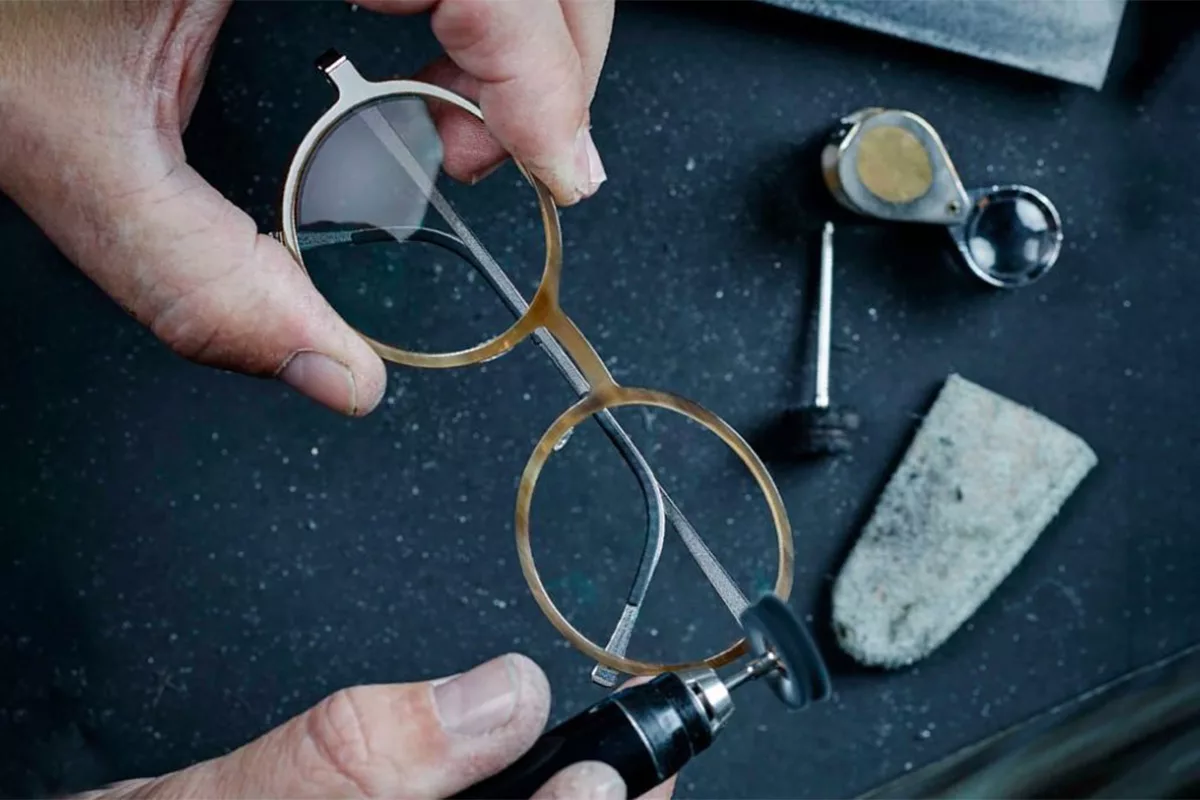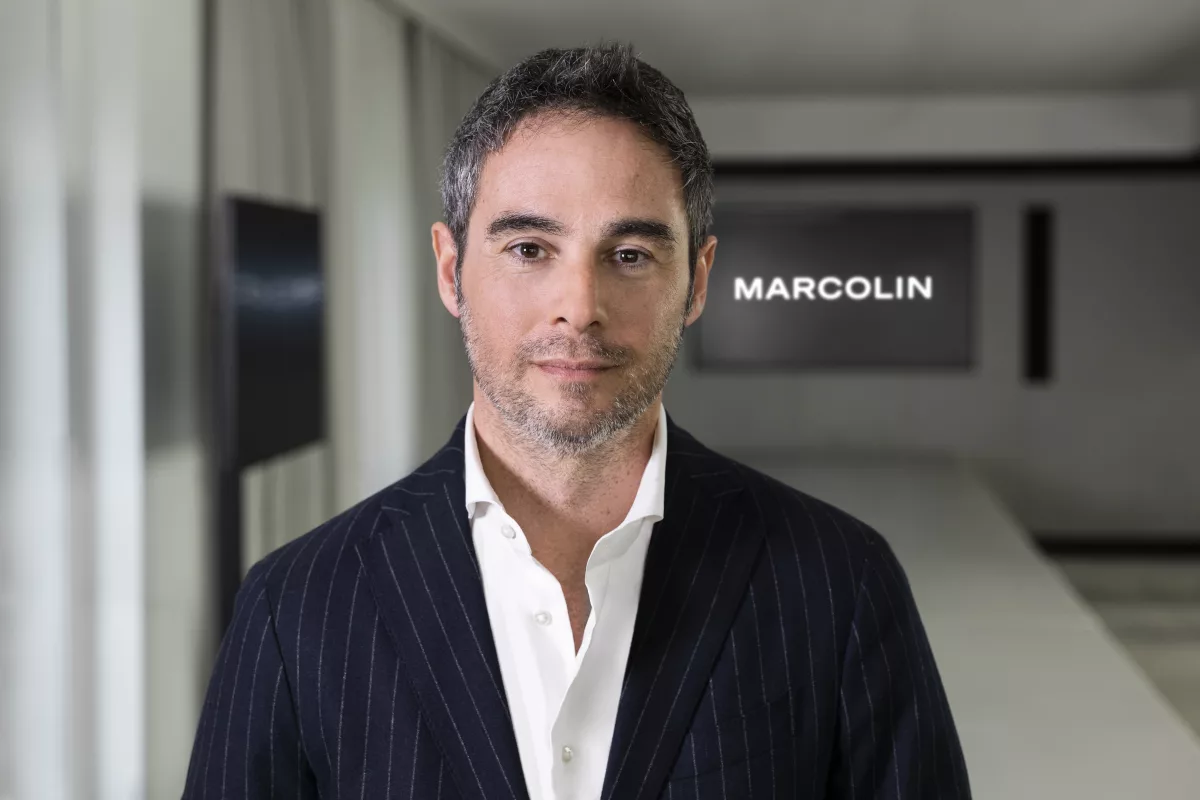A new breakthrough in optical imaging could be a major step forward in solving a problem that leaves every person over the age of 45 years needing vision correction to see near objects clearly
 As we age, the lens of the eye becomes less flexible, gradually losing its ability to change shape and optical power over time, which is known as ‘presbyopia’. Options to manage this condition include reading glasses and contact lenses, or procedures such as implantation of accommodating intra-ocular lenses. However, none of these are able to restore the youthful ability to focus at all distances and, up until now, one of the barriers to solving this puzzle is the inability to view the internal structures of the eye that are involved in this process.
As we age, the lens of the eye becomes less flexible, gradually losing its ability to change shape and optical power over time, which is known as ‘presbyopia’. Options to manage this condition include reading glasses and contact lenses, or procedures such as implantation of accommodating intra-ocular lenses. However, none of these are able to restore the youthful ability to focus at all distances and, up until now, one of the barriers to solving this puzzle is the inability to view the internal structures of the eye that are involved in this process.
By modifying an advanced imaging technique (known as optical coherence tomography or OCT) used for ophthalmology procedures, researchers at the Ophthalmic Biophysics Center at Bascom Palmer Eye Institute in the U.S. are now able to provide images of the full internal structure of the eye. The advance not only promises to accelerate the development of an effective treatment for presbyopia, it may also be useful for surgeons in cataract removal, in the assessment of glaucoma treatments and in understanding the progression of short-sightedness in children.
“OCT is widely used in clinical practice as a diagnostic tool to image the retina and the cornea,” says Dr Marco Ruggeri – Research Assistant Professor at Bascom Palmer Eye Institute. “The technology we’ve developed extends the capabilities of standard OCT implementations by providing a more comprehensive view of the eye that includes the cornea, retina, anterior chamber, the crystalline lens and the ciliary body and muscle.”
“Although it is accepted that changes in the optical and mechanical properties of the crystalline lens are central to the onset of presbyopia, little is known about the role of the ciliary muscle and how it may or may not affect the loss of accommodation with age,” says Dr Ruggeri.
“Studying the dynamic changes of the crystalline lens shape and the ciliary muscle geometry during accommodation, and with age, will advance the knowledge of the mechanism of presbyopia and it will also serve as a clinical tool to evaluate the efficacy of procedures aimed to restore accommodation, such as accommodative intraocular lenses and lens refilling techniques.”
Bascom Palmer Eye Institute is a participant in the Accommodating Gel project, a collaborative effort by researchers in Australia, Finland, India and US, being undertaken through the Vision Cooperative Research Centre (Vision CRC), to develop a synthetic gel to replace the old, hardened lens of the presbyopic eye and restore accommodation. The Accommodating Gel technology is now being developed by Adventus Technology Inc, a participant in Vision CRC.
“By enabling fast and accurate measurements of intraocular distances, such as axial eye length and anterior chamber depth, and ocular surface curvatures, the proposed instrumentation may represent an effective tool for precisely determining the power of intraocular lens implants used in cataract surgery,” added Dr Ruggeri.
“The instrumentation could be also be employed as a tool to assess the anatomical configuration changes of the ciliary body and irido-corneal angle associated with glaucoma and glaucoma treatments.”
The research, which is supported through a National Institutes of Health (NIH) grant in the US, was recognized earlier this year at BiOS (The Bio-medical Optics conference of SPIE), the world’s largest bio-medical optics conference, when Dr Ruggeri won the Pascal Rol Award, which recognizes significant contributions to the field of ophthalmic technologies.
“I am particularly proud to receive the prestigious Pascal Rol award and am honored to be distinguished by an independent panel of experts in ophthalmic technologies, as it recognizes our continuous effort at the Ophthalmic Biophysics Center at Bascom Palmer Eye Institute,” said Dr Ruggeri.
“What Dr Ruggeri and the group at Bascom Palmer has provided is an enormously powerful tool – an ability to see the working mechanics of the entire accommodation system in real life,” summarised Prof Arthur Ho of the Brien Holden Vision Institute and Vision CRC. “It will advance investigation of presbyopia and accelerate our own Accommodating Gel project to restore near vision in presbyopes.”













